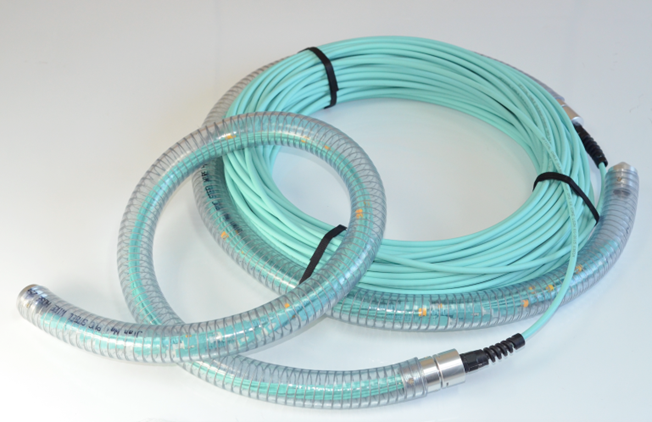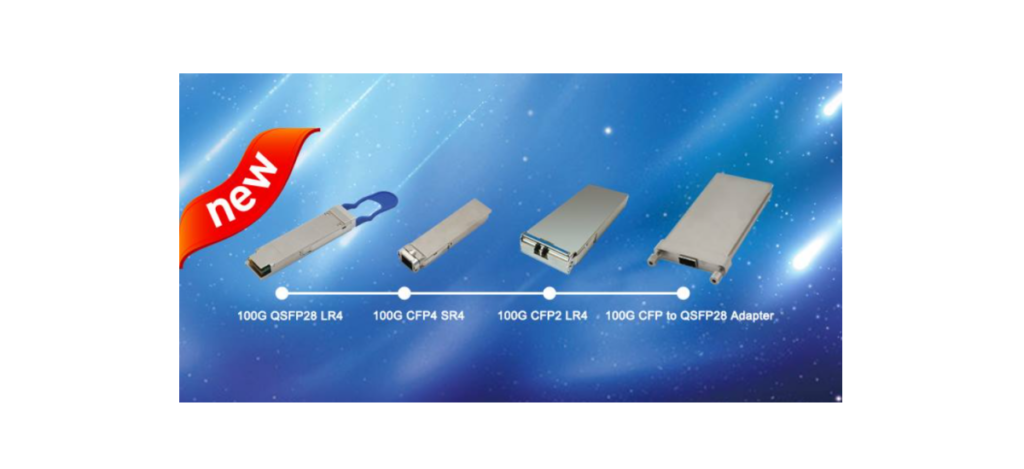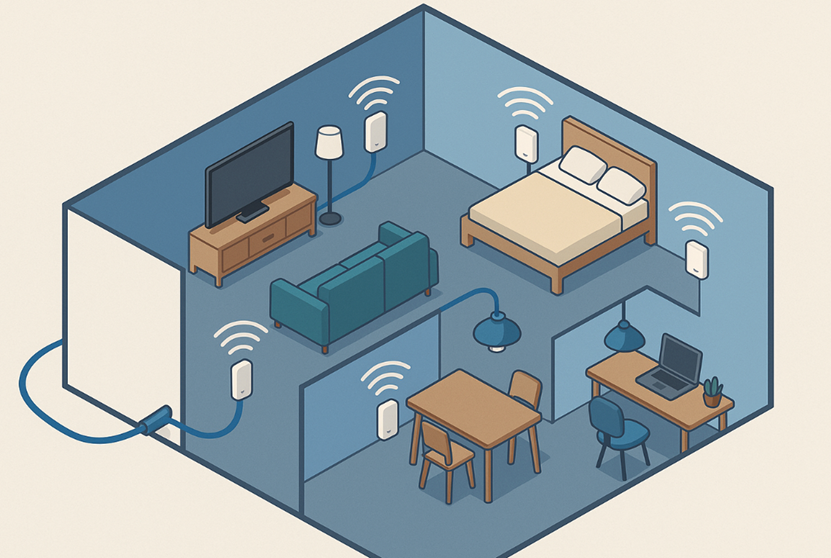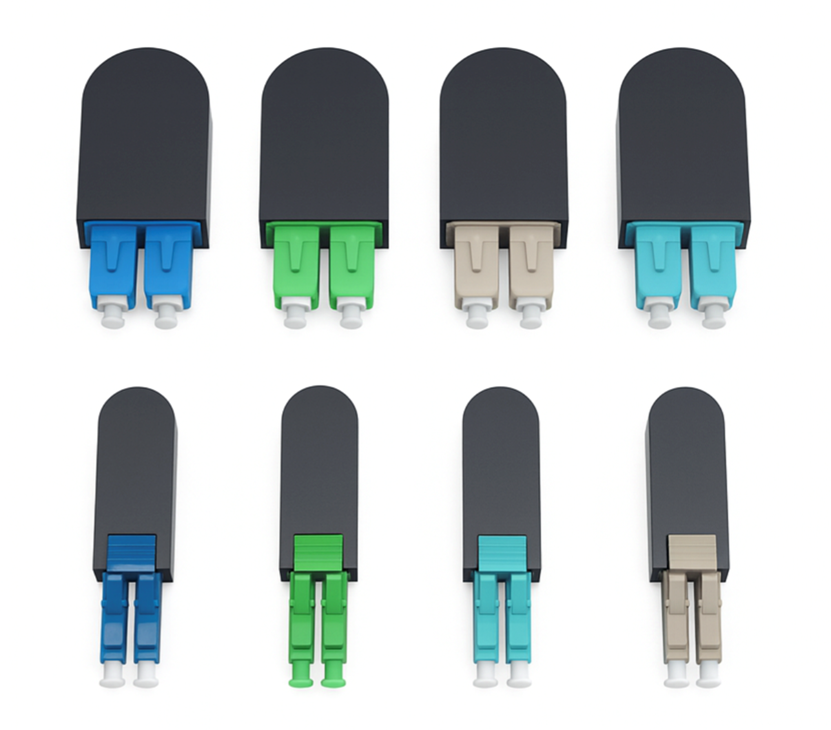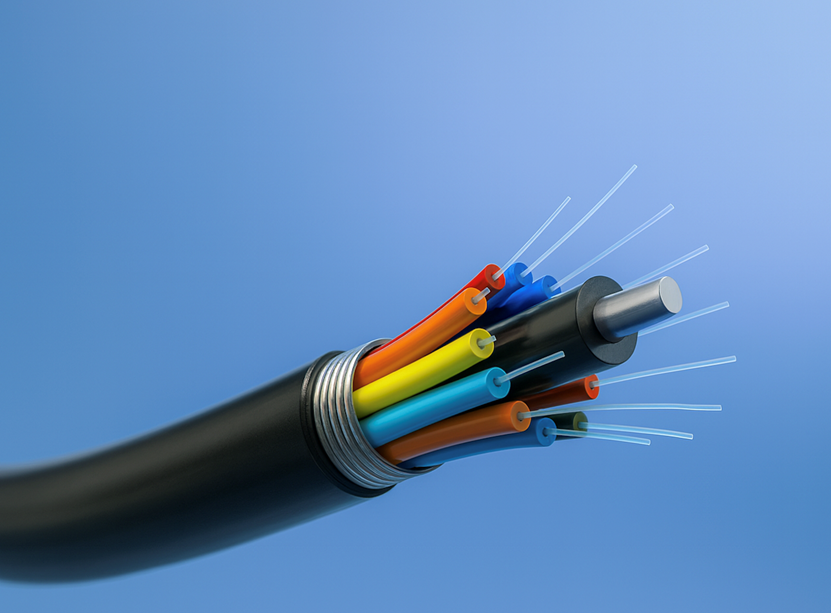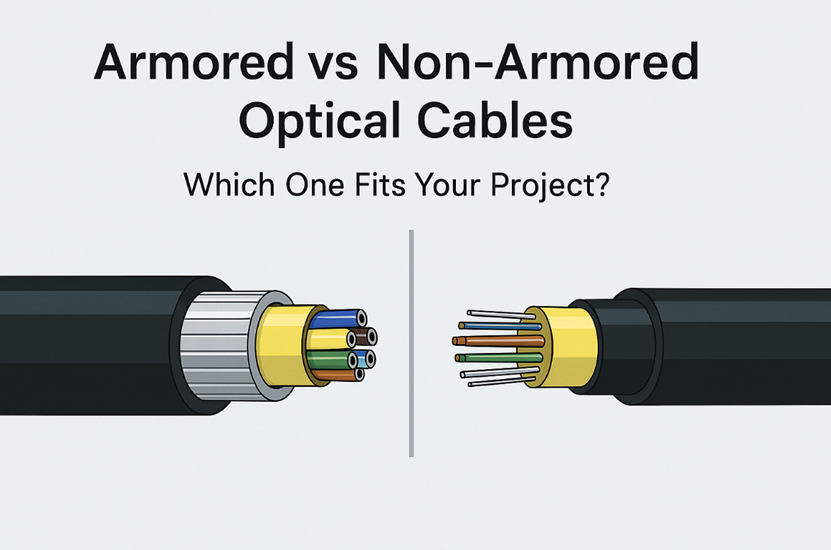Choosing between a data center and a server room is a crucial decision for any growing business. Both options come with their own set of advantages, disadvantages, and challenges, making it essential to understand which solution is the best fit for your company’s specific needs. For businesses just starting out, this decision may feel overwhelming, but understanding the pros and cons of each can provide clarity.
In the past, when fast internet connections were less common, businesses had to invest heavily in their own on-premises data centers. These server rooms required significant investment and dedicated staff to maintain. Not only were the setup and maintenance costs high, but these facilities also came with a higher risk of data loss due to natural disasters, hardware failures, or security breaches.

However, technology has advanced rapidly over recent years. Today, businesses can take advantage of modern data center infrastructures and improved network connectivity. These developments have made it easier for companies to leverage high-performing, secure, and managed data solutions without the heavy upfront investment required for on-site server rooms.
This blog explores the key differences between data centers and server rooms, along with their benefits and risks. By the end, you’ll have a clearer picture of which option might best suit your needs.
Key Differences Between Data Centers and Server Rooms
Before diving into the specific pros and cons of each option, it’s essential to understand the primary distinctions between data centers and server rooms. These differences will help clarify which solution may be a better fit for your business.
Size, Range, and Scalability
The most obvious difference between the two lies in scale. A server room is typically a small, designated space within an office or building, while a data center is a specialized, standalone facility designed to store and manage vast amounts of data. Server rooms often lack the ability to scale as efficiently as data centers. In contrast, data centers can house thousands of servers, offering room for growth as your business needs evolve.
For companies expecting to expand, relying on a server room might eventually become limiting. Data centers, however, are designed with scalability in mind, allowing businesses to add more servers and capacity as they grow.
Cooling
Cooling is critical to maintaining server performance and longevity. Smaller server rooms typically rely on basic HVAC (heating, ventilation, and air conditioning) systems to keep equipment from overheating. On the other hand, data centers use advanced cooling technologies such as liquid cooling and immersion cooling. These methods are far more efficient, using fewer resources while effectively keeping temperatures at optimal levels. This difference can be significant, especially for companies with large server needs.
Security
Security is another area where data centers stand out. While both server rooms and data centers can have physical security measures, data centers typically offer more robust protections. These facilities often have multiple layers of security, including authentication points, security logs, and 24/7 monitoring. Many data centers also employ sophisticated cybersecurity measures to protect sensitive information from hacks and breaches. In contrast, on-premises server rooms may lack the resources and infrastructure to provide the same level of security.
Sustainability and Energy Efficiency
Data centers are often more energy-efficient and sustainable than server rooms. As data storage needs continue to grow exponentially, data centers are investing in renewable energy solutions and efficient cooling systems to reduce their environmental impact. On-site server rooms, however, are typically smaller and may not justify the investment in renewable energy or cutting-edge cooling technology.
Data Center vs. Server Room: Pros and Cons
Now that we’ve covered the basic differences between data centers and server rooms, let’s dive deeper into the specific advantages and disadvantages of each option.
Advantages of Server Rooms
One of the biggest benefits of having a server room on-site is control. With a server room, businesses have complete control over their data and can access it quickly when needed. This setup allows for quick and easy modifications to servers and systems, tailored to the specific needs of the business. Additionally, in-house server rooms offer the possibility of custom security solutions, which can be especially valuable for businesses dealing with sensitive data.
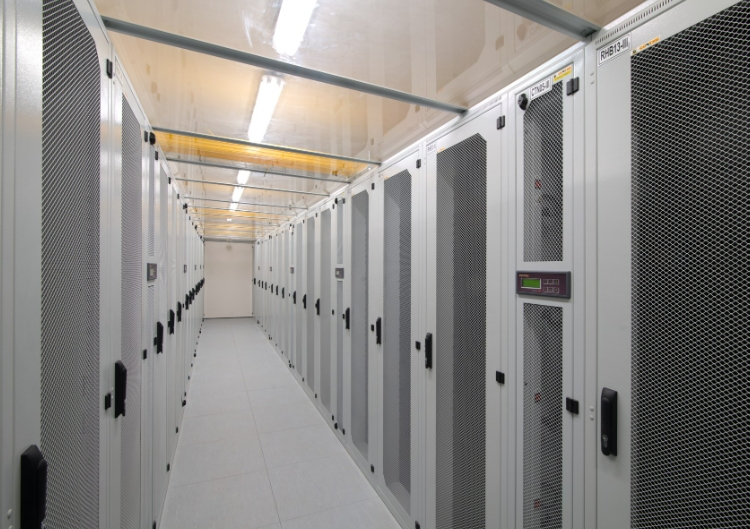
Disadvantages of Server Rooms
However, the control that comes with managing your server room also means taking on full responsibility for maintaining the equipment. Server rooms require regular monitoring and maintenance, which can divert valuable time and resources away from other business activities. In-house server management can strain your team, especially if unexpected issues arise that demand immediate attention.
Another major disadvantage is the lack of scalability. If your business expands or moves to multiple locations, an on-site server room may not be able to keep up with increased demand. Furthermore, the cost of setting up and maintaining a server room can be prohibitive, as you are responsible for purchasing all equipment, setting it up, and ensuring it stays operational. There’s also a greater risk of human error, which can lead to data loss or security vulnerabilities.
Finally, on-site server rooms are more exposed to risks such as theft, fires, floods, or power outages, which could cause data loss or significant downtime for your business.
Advantages of Data Centers
Data centers offer several clear advantages, especially for businesses that want to focus on growth without the burden of managing IT infrastructure. One of the primary benefits is cost savings. Data centers allow businesses to avoid the upfront costs of setting up and maintaining a server room. The cost of renting space in a data center is often lower than the cost of maintaining an in-house server room, especially when you factor in the costs of cooling, power, and security.
Data centers also provide a controlled environment, with optimal temperature and humidity levels, ensuring that your equipment stays in peak condition for longer. This contrasts with server rooms that may be located in less-than-ideal spaces, such as office closets, which can shorten the lifespan of your equipment.
Another advantage is the managed services that data centers offer. With 24/7 monitoring, backup power systems, and a dedicated team of IT professionals, data centers ensure that your data is secure, accessible, and protected from disasters. This level of service can provide peace of mind, especially for small businesses that may not have the resources to handle IT emergencies.
Lastly, data centers are designed for efficiency. They offer fast network access, optimized cooling systems, and are often more energy-efficient than on-site server rooms. This makes them a more sustainable choice for businesses concerned about their environmental footprint.

Disadvantages of Data Centers
While data centers offer many benefits, they may not be the right solution for everyone. One potential drawback is the lack of direct control over your equipment. If your business values having full control over its data and servers, relying on a third-party provider may not be ideal.
Additionally, data center services come with ongoing costs. Businesses must pay monthly fees for hosting, bandwidth, and storage, which can vary depending on the size and needs of the company. However, these costs are often offset by the savings in equipment, maintenance, and staffing that would be required for an on-site server room.
Finally, businesses with minimal server needs or those that require servers in close proximity may find that an on-site server room is a more practical and cost-effective solution.
Which is Better for Your Business: Server Room or Data Center?
Choosing between a data center and a server room ultimately comes down to your business’s specific needs. For small businesses with only a few servers and a preference for keeping everything in-house, an on-site server room may be the best choice. This option provides control and flexibility, allowing businesses to manage their data and IT infrastructure directly.
However, for larger businesses or those expecting significant growth, a data center may offer more advantages. With scalable solutions, advanced security, and lower long-term costs, data centers are often a better fit for companies with substantial data management needs.
For businesses just starting out, a virtual private server (VPS) hosted by a data center can offer a cost-effective and low-maintenance solution. This allows companies to scale their server needs as they grow without the high upfront costs associated with setting up an on-site server room.
Conclusion
Both data centers and server rooms have their place in modern business. While server rooms provide control and flexibility, data centers offer scalability, security, and cost-efficiency. As your business grows, it’s essential to reassess your IT infrastructure needs and choose the solution that best fits your goals.

